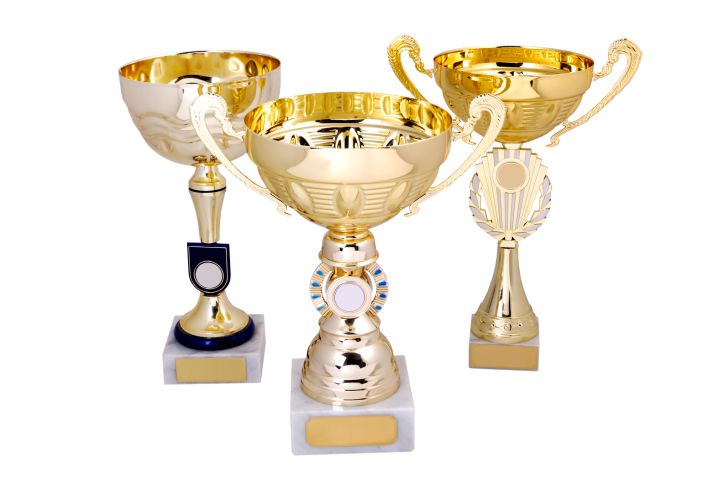Winning! A New Year’s Resolution

Well here we go! Last month, we looked at an extensive “Wish List” developed by professional athletes to narrow their focus. Knowing what you want is the first step to getting it. The CLICK! System defies conventional wisdom in supporting you to establish your target and greet the skepticism that usually accompanies using new strategies to get to your goal. Skepticism has the potential to derail and shut you down if you let it control you. On the other hand, it can really work to your advantage when you control it. You can decide to implement some of the following strategies and become skeptical in April.
First, identify what everything looks like, sounds like and feels like when you are playing at your best—during practice or a key match. You may discover that by paying attention to this peak performance zone when you are in it, it will help you quickly identify when you are not.
A hockey goalie described it this way, “I do not hear the crowds, the puck is the size of a dinner plate and the game moves very slowly. When any part of that awareness changes, I know I am losing my concentration and that I need to get ‘back in’ fast.”
A squash player, playing in Grand Central Terminal, said that the glass enclosure seemed to darken as if no one was watching when she was totally in her zone. So, what do you look for? You can begin by noticing what distracts you. Decide what you are focusing on, then notice every single time, you are drawn out of the present. The more often you can do this, the better you will get at the process … like any other discipline. There is something else that will begin to happen … this process will give your unconscious mind instructions that are important to it. Your unconscious mind must act out every thought, image or idea you put into it, so just watch what happens. For a professional athlete whose livelihood depends on their performance, it takes about four months until a technique transitions from conscious application to unconscious implementation. This all takes place automatically.
Where do you begin to look?
Ask yourself, “Have I brought anything onto the court that just doesn’t belong there?” Personal issues, emotions, the last match with this particular opponent, professional and non-professional comments or media statements may be some of the baggage you carry with you. I’m sure you can expand the list. You can control what you see, hear or feel. How do you keep your head clear? Use a TRUNK CARD? Before you go on the court, take an index card and list everything that is going on in your life that will get in the way of your game. Place it in the trunk of your car and SLAM the trunk. If a distracting thought enters your mind during the match say “Trunk” or snap your fingers … see what happens. With practice, you will begin to notice that your mind displaces distraction on its own.
How about worry?
Worry is a major distraction. I’m certain that you see this going way beyond tennis, but controlling worry is a great place to practice. Here is a strategy … select a time near the end of the day say…4:00 p.m.-4:15 p.m. Decide to do nothing in that time period, but worry. When you notice yourself worrying about something at other times during the day, just say “4:00 p.m.” This strategy works as long as you show up at 4:00 p.m. every day to worry. You will be surprised to notice that you will be able to move the distraction to a time that will prevent it from contaminating your performance. This works well with a bad shot or volley during a match.
Let’s look to the pros … what do they want to have happen and quickly?
1. Learn instant stress reduction
2. Discover intense and quick focus
3. Learn four keys to a competitive edge
4.Learn to identify and control distraction
5.Identify and control negative self-talk
6.How to prepare mentally for competition
7. Utilize power communication
8. Recover quickly
9. Make better use of professional instruction
In short, the objective is to get new strategies and techniques into your unconscious mind so you respond quickly without thinking about them. I’m sure you have seen this in your own play. Remember making a shot and wondering afterwards, “Where did that come from?” “How did I ever make that”?
Enter SPORTS HYPNOSIS …
“I first worked with Dr. Dan in 2005 after a shoulder injury. At that point, we used hypnosis and some other techniques to control my self-talk, restore my confidence and help me get back in the game. The techniques that Dan and I have worked on over the past six years have truly helped me keep my craft at the center."—Chad Pennington NFL QB (Jets & Dolphins)
Until the next time … catch distractions faster and play well in 2014.






